I have only one layer for +5V and -5V power lines on pcb. There are about 10 dual supply OPAMPS which get power from Recom RKZ0505D DCDC converter.
As I know, star topology is suitable for this. PCB looks like;
 But this time trace lengths are more than 15cm,
But this time trace lengths are more than 15cm,
1)how can i handle this?
2)What should be thickness of traces?Thicker is better?
3)Does this effect the operation of DCDC converter as negative?
4)What is the best way to share this plane for +5V and -5V?
Thanks..
Because of very close +5V and -5V,it's not easy large planes under ICs.
Maybe between current star point and DCDC outputs can be used for inserting planes.

Power planes poured as suggested
